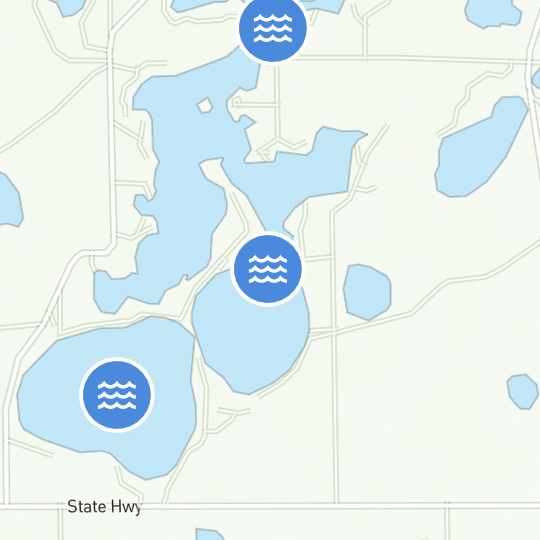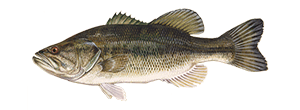Ice Fishing for Beginners
We are so glad you’d like to try ice fishing. One of the biggest benefits of ice fishing for beginners is enjoying time outdoors with your family during the winter months. Once you have decided that you want to learn how to ice fish, it's easy to get started.
How To Start Ice Fishing
If you are ready to bundle up and take to the ice with hopes of catching species like walleye, crappie, lake trout, perch or bluegill, follow these ice fishing tips below to get started ice fishing:
- The first step to take in learning ice fishing for beginners is to purchase a fishing license that is valid in the state where you will be fishing.
- Check the fishing regulations that apply to the state and waterway where you will be fishing. Knowing how to properly identify each different type of species that you catch while on the ice is one of the most important ice fishing basics.
- Use a fishing rod that has plenty of sensitivity, but that is shorter than a standard open water rod. Ice fishing rods are usually only 3 to 4-feet in length since long casts aren't necessary for this type of fishing.
- Get an ultralight spinning or spincasting reel that is rigged with eight-pound fishing line. Eight-pound line can handle most of the species that you will be targeting through the ice. Keep your gear simple to start out with.
- Decide when to ice fish and where to ice fish. Check the weather forecast, dress appropriately, and educate yourself about fishing safety. Learn about which types of spots on a frozen waterway are both safe and likely to hold fish.
- Choose the type of bait that you would like to use (live or artificial), but keep in mind that live baits are best for beginners. While learning how to ice fish, it's best to use live minnows or wax worms. Once you have some experience, you can switch to jigs, spoons or other artificial lures to make it more of a challenge.
- Test the ice and drill a hole using an ice auger. Using extreme care, position the auger blades on the ice and apply pressure as you drill the hole.
- Rig your lines using your live baits or lures and allow your baits or lures to fall to the bottom. Once your line hits the bottom, reel your baits or lures up a foot or two. This should position your line within striking range. Then, just wait to feel a bite. Just keep in mind that the bite will be very light during the cold winter months when the fish are less active.
Want to learn more about ice fishing? Download our FREE e-book "Ice Fishing Quick Guide" in partnership with Tailored Tackle.
Learn more about Ice Fishing
Now that you have a good grasp on the basics of ice fishing for beginners and equipment, you can learn more about how to start ice fishing in our FAQs section.
Photo courtesy of Michigan Department of Natural Resources.
KEEP LEARNING

How to Tie the Non-Slip Loop Knot
The non-slip loop knot is a popular and reliable choice for securing hooks, lures, and other tackle to your fishing line.
LEARN MORE

Socials
Take me fishing social media links
LEARN MORE

TakeMeFishing x Teen Vogue
Join us on a creative journey as fashion designer Ahmrii Johnson walks us through her collaborative vision and process with Teen Vogue and fashion brand, Rentrayage, to create a special piece.
LEARN MORE


.png?lang=en-US&ext=.png)